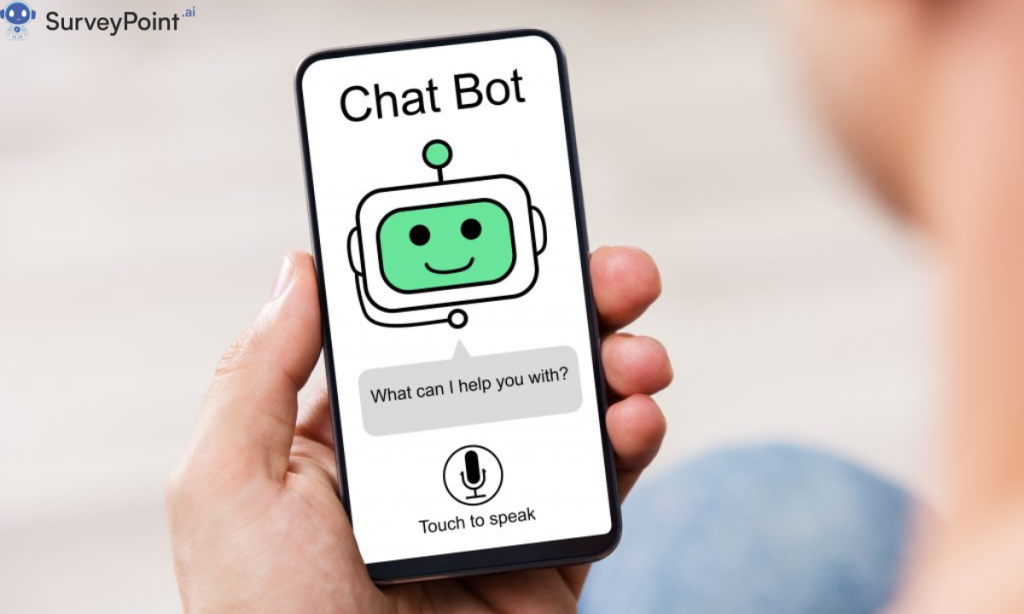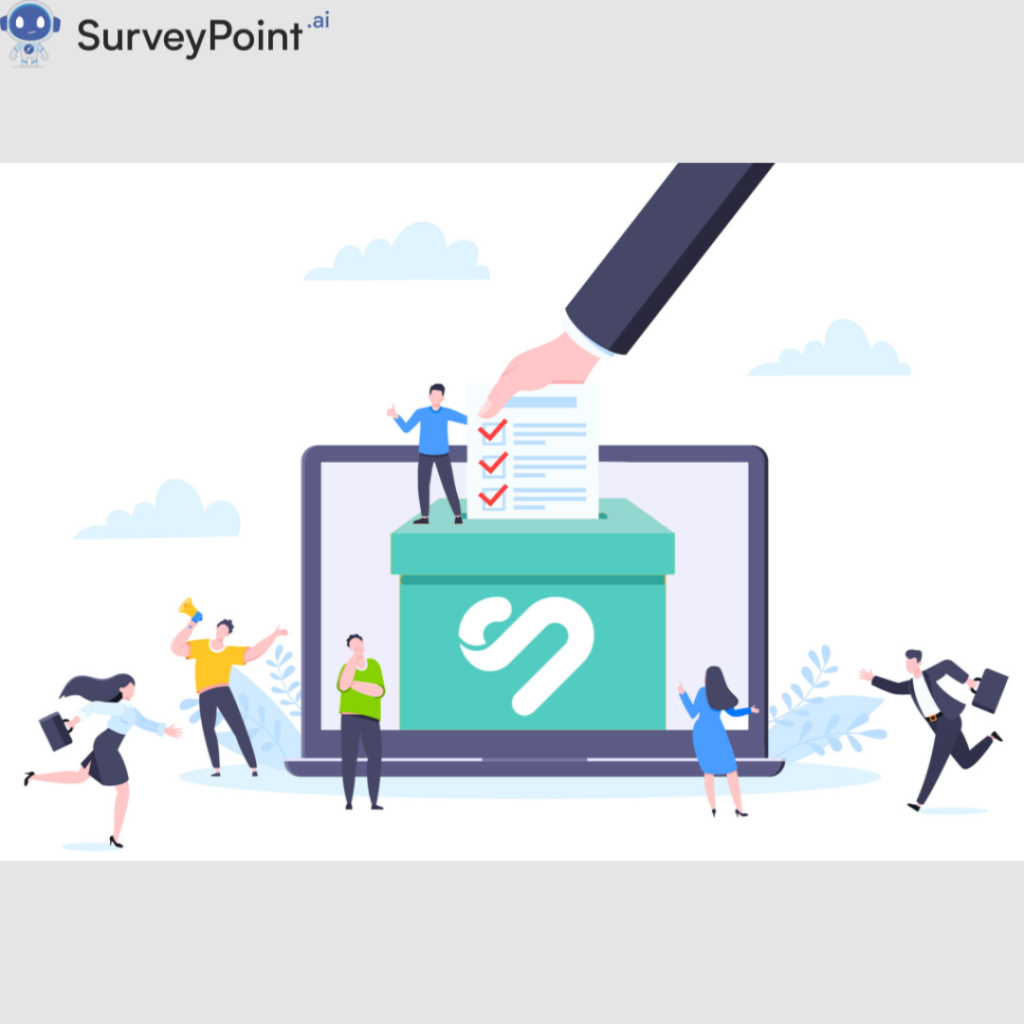
Chatbots are sophisticated software applications designed to engage in conversation with users. By utilizing artificial intelligence (AI) technologies like natural language processing (NLP) and machine learning (ML), chatbots can understand, interpret, and respond to user queries in a human-like manner. These digital assistants are prevalent across various platforms, such as websites, social media, and messaging apps.
Types of Chatbots
- Rule-Based Chatbots: These follow predefined rules and are ideal for handling simple queries. They offer responses based on specific keywords and structured scripts.
- AI-Powered Chatbots: These leverage machine learning and natural language understanding to provide more dynamic and personalized responses. They learn from interactions and improve over time.
Benefits of Using Chatbots
- 24/7 Availability: Chatbots can provide assistance round-the-clock, ensuring customer queries are addressed promptly, regardless of time zones.
- Cost-Effective: By automating routine tasks, businesses can reduce operational costs and allocate human resources to more complex tasks.
- Scalability: Chatbots can handle multiple interactions simultaneously, making them ideal for high-traffic environments.
- Personalization: Advanced chatbots use data to deliver personalized experiences, improving customer satisfaction and engagement.
Common Uses of Chatbots
- Customer Service: Providing instant responses to frequently asked questions.
- Sales and Marketing: Engaging potential customers, generating leads, and providing product recommendations.
- Healthcare: Scheduling appointments, providing medical information, and offering preliminary diagnoses.
- Finance: Assisting with account queries, transaction details, and financial advice.
Scams and Risks Involving Chatbots
While chatbots offer numerous advantages, they also pose certain risks, particularly in the realm of cybersecurity:
- Phishing Attacks: Scammers can use chatbots to impersonate legitimate entities, tricking users into providing sensitive information.
- Data Privacy: Malicious chatbots can collect and misuse personal data, leading to privacy breaches.
- Misinformation: Inaccurate responses from poorly designed chatbots can mislead users and damage brand credibility.
- Impersonation: Fraudsters may create chatbots that mimic real individuals or businesses to deceive users and conduct fraudulent activities.
Mitigating Chatbot Risks
To ensure safe and effective use of chatbots, consider the following measures:
- Security Protocols: Implement robust security measures, including encryption and regular audits, to protect user data.
- Transparency: Clearly disclose when users are interacting with a chatbot and provide options to escalate to a human agent if needed.
- Regular Updates: Continuously update and monitor chatbots to improve their accuracy and security.
- User Education: Educate users about potential chatbot scams and how to recognize and report suspicious activities.
Conclusion
Chatbots are transforming the way businesses interact with customers, offering efficient, cost-effective, and scalable solutions. However, like any technology, they come with their own set of challenges and risks. By understanding these risks and implementing appropriate safeguards, businesses can harness the full potential of chatbots while ensuring a secure and satisfying user experience. For more information checkout- surveypoint.ai




